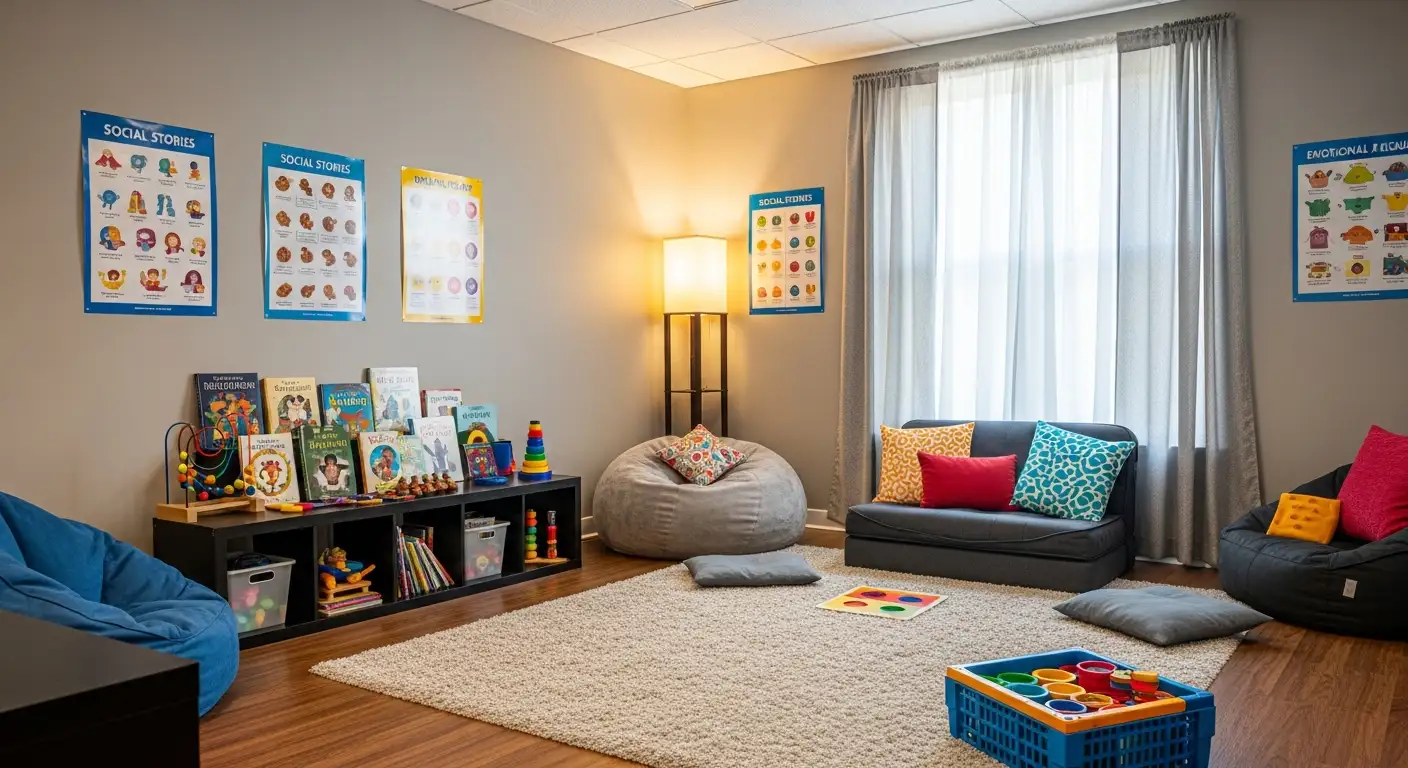How to Use Visual Supports to Enhance Learning for Children with Autism
Visual Supports: A Key Tool in Autism Learning and Behavior Therapy
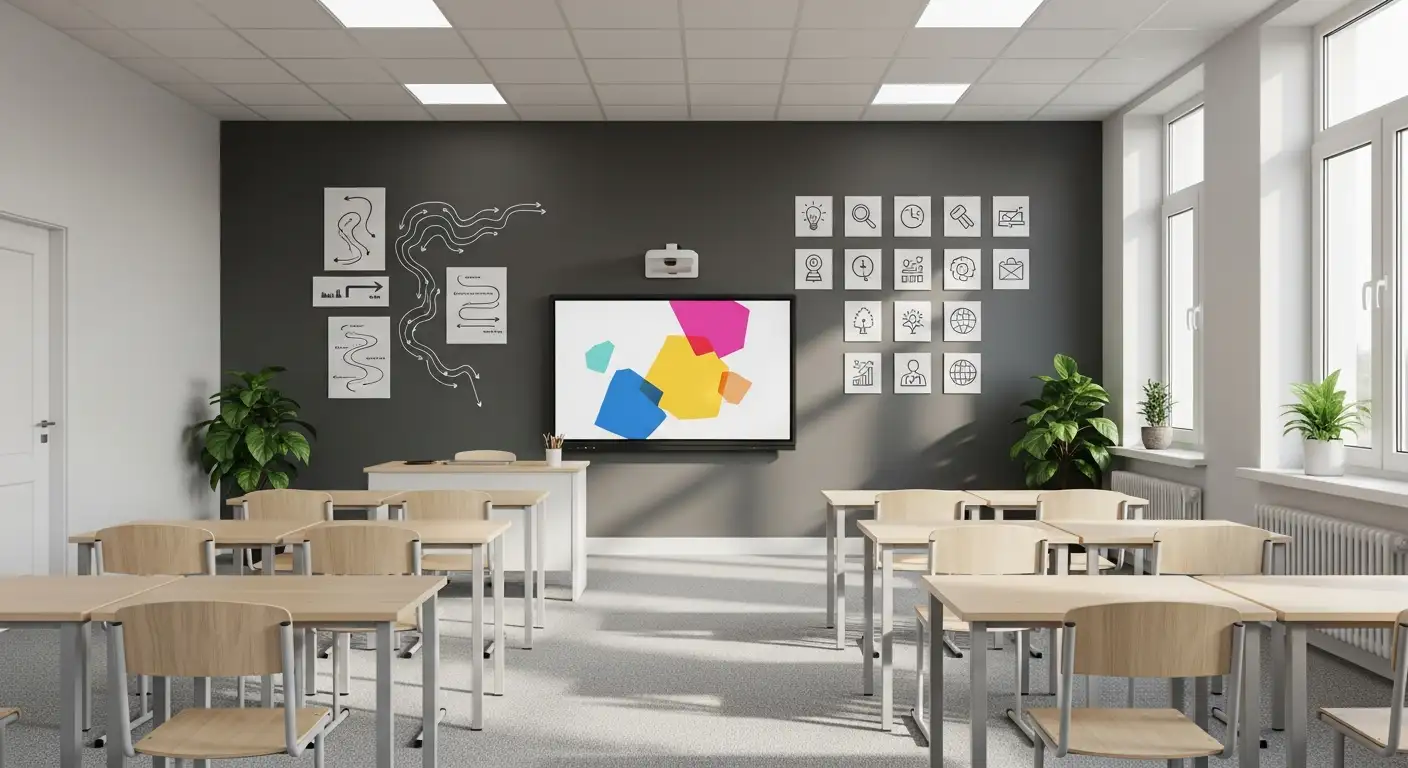
Harnessing Visual Supports to Boost Learning and Communication
For children with autism spectrum disorders (ASD), traditional verbal communication can be challenging. Visual supports offer a practical and effective strategy to enhance understanding, reduce anxiety, and foster independence. These tools serve as a bridge to better communication, learning, and behavioral management, playing a pivotal role in therapy approaches such as Applied Behavior Analysis (ABA). This article explores how visual supports can be used strategically to amplify learning outcomes and behavioral progress in children with autism.
Understanding Behavioral Therapy for Autism and Its Connection to Visual Supports
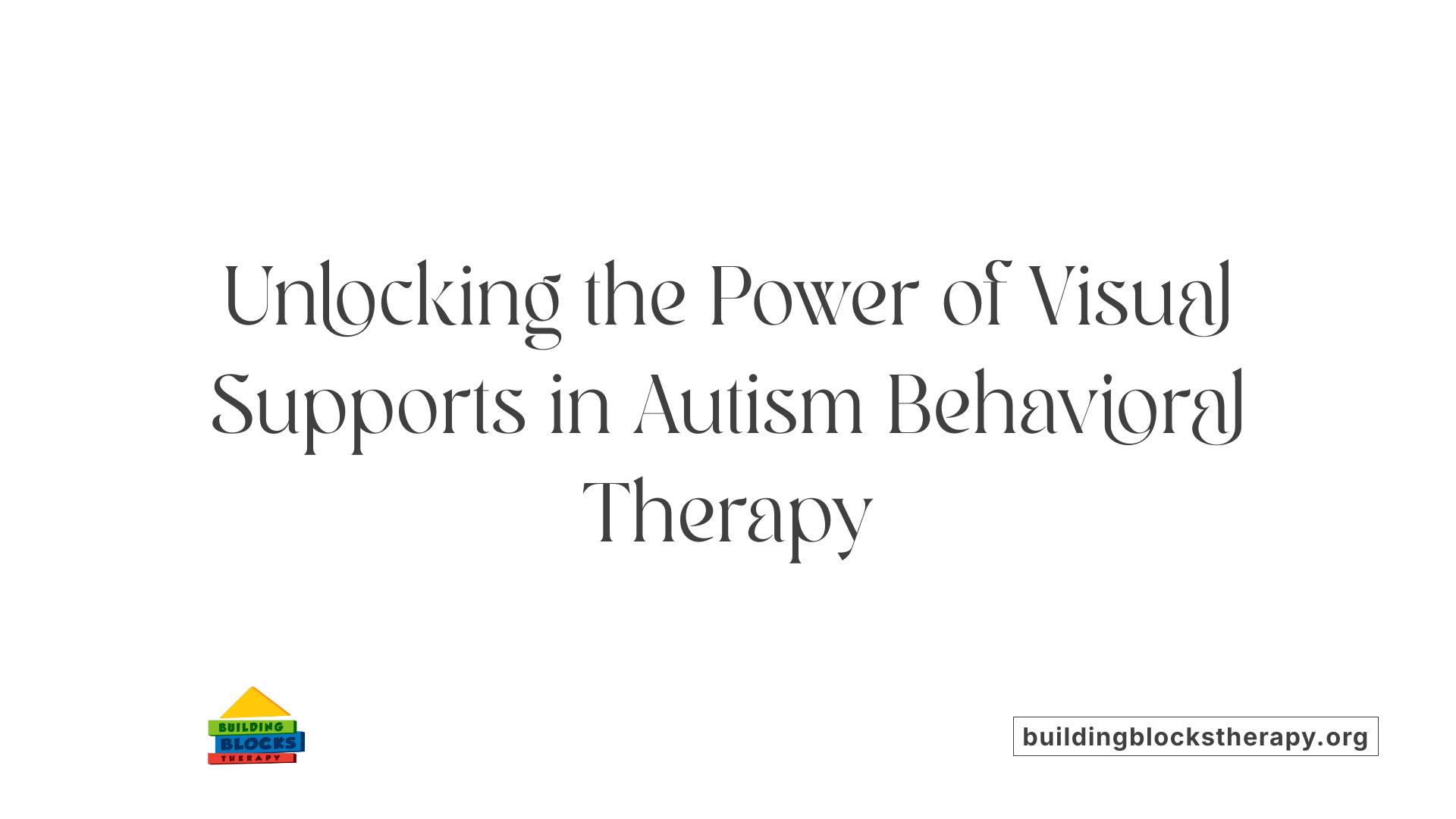
What is behavioral therapy for autism?
Behavioral therapy for autism primarily involves Applied Behavior Analysis (ABA), a science-driven approach that aims to improve social, communication, and learning skills. ABA works by reinforcing helpful behaviors and reducing harmful or problematic ones through systematic teaching and individualized plans. Techniques include positive reinforcement, discrete trial training, and gathering data to carefully monitor progress. Professionals like behavior analysts develop these programs, while therapists provide direct support to children. Early and consistent ABA therapy can lead to significant improvements in cognitive, language, and social abilities for children with autism.
How is applied behavior analysis (ABA) connected to autism therapy?
ABA is the foundation of many autism therapies because it focuses on understanding and modifying behavior through reinforcement and strategic interventions. It targets increasing positive behaviors and social skills while decreasing challenges or disruptions. ABA uses personalized methods tailored to each child, including play-based and structured training sessions. Strong evidence supports ABA's effectiveness, especially when started early and applied intensively. Ultimately, ABA strives to increase independence and functional skills in autistic children.
How do visual supports integrate with behavioral strategies?
Visual supports complement behavioral therapy by offering concrete, visual representations of routines, expectations, and instructions. Since children with autism often process visual information better than auditory cues, tools like picture schedules, First-Then boards, and social stories help clarify daily tasks and social situations.
By making sequences and transitions predictable, visual supports reduce anxiety and challenging behaviors. For example, visual schedules break down activities step by step, while visual timers prepare children for changes. These tools are integrated into ABA programs to reinforce learning, guide behaviors, and promote self-management.
Consistent use of visual supports across environments amplifies therapy effectiveness. Involving children in creating these supports and starting with simple visuals can boost engagement and compliance. Overall, combining ABA with tailored visual supports enhances communication, reduces confusion, and helps children with autism thrive.
Who Provides Autism Behavioral Therapy Using Visual Supports?
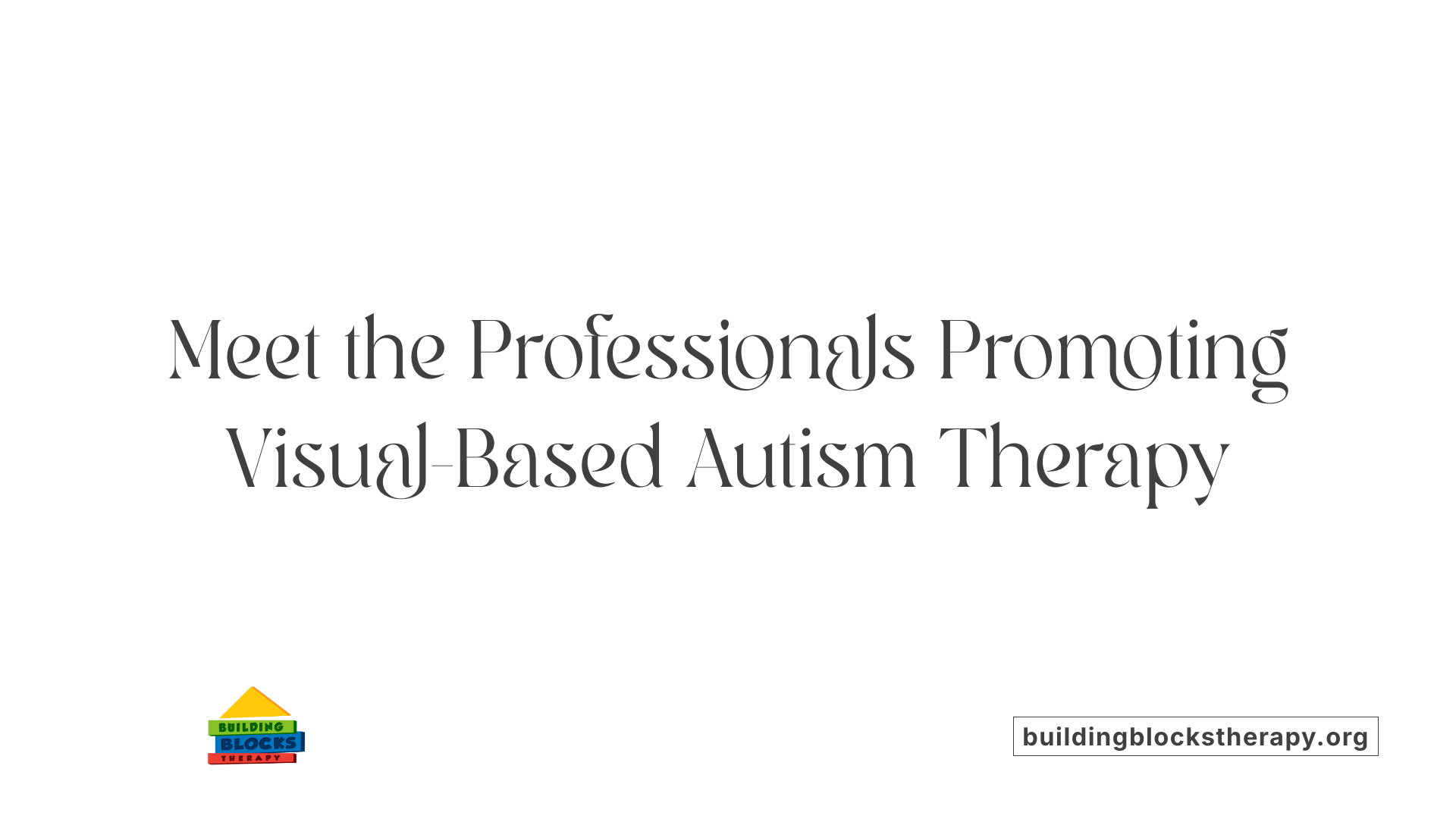
Who provides autism behavioral therapy?
Autism behavioral therapy is primarily delivered by trained professionals specializing in autism spectrum disorder (ASD). Key providers include board-certified behavior analysts (BCBAs), therapists such as speech-language and occupational therapists, and special educators. These experts design and implement individualized therapy plans tailored to each child's specific needs.
What roles do BCBAs, therapists, and educators play?
BCBAs analyze behaviors and develop Applied Behavior Analysis (ABA) strategies, a leading evidence-based approach incorporating visual supports to enhance communication and learning. Therapists apply these plans during structured sessions, using tools like visual schedules and First-Then Boards to assist children with ASD in understanding routines and expectations. Educators integrate visual supports into classroom activities to promote social skills and independence.
How are visual supports integrated in therapy sessions?
Visual supports are embedded throughout therapy to address challenges such as following instructions, managing transitions, and reducing anxiety. For example, therapists use picture schedules to break down tasks, First-Then Boards to motivate compliance, and social stories to teach social interactions. Consistency in using these visuals across therapy, home, and school reinforces learning.
What funding and programs are available?
In addition to private providers, behavioral therapies including ABA are often covered by Medicaid and regional center programs. This coverage ensures access to certified professionals and tailored programs employing visual supports. Families can seek guidance from local centers to identify qualified providers specializing in autism behavioral therapy with visual aids.
Core Goals of Behavioral Therapy and Visual Support Integration
What are the main goals of behavioral therapy for autism?
Behavioral therapy for autism, particularly applied behavior analysis (ABA), targets several important areas to support children with autism spectrum disorder (ASD). The key objectives include enhancing communication skills, both expressive and receptive, so that children can better express themselves and understand others. Improving social interaction skills is also central, helping children engage more effectively with peers and caregivers.
Another critical goal is reducing maladaptive or challenging behaviors. This is achieved by analyzing what triggers these behaviors and teaching more appropriate alternatives. Behavioral therapy also promotes independence in daily life activities like self-care, classroom participation, and community engagement. Customized treatment plans focus on specific goals, with continuous assessment ensuring progress.
How do visual supports promote independence?
Visual supports play a vital role in reinforcing behavioral therapy goals by providing clear, concrete visual cues that support comprehension and routine adherence. Tools like visual schedules, First-Then Boards, and social stories break down complex tasks into manageable steps, offering predictability and reducing anxiety related to transitions or changes.
By making expectations and routines visible, visual supports help children with ASD rely less on verbal prompts and increase self-management. For example, a visual schedule can guide a child through the day’s activities, enhancing autonomy. Consistent use of visual aids improves communication, supports learning new skills, and helps maintain appropriate behaviors in various settings.
What Are Visual Supports and How Do They Enhance Learning for Children with Autism?
Definition and Examples of Visual Supports
Visual supports are tools that use pictures or other visual elements, such as photographs, drawings, objects, written words, or lists, to help children who struggle with understanding or using spoken language. These supports include items like picture schedules, choice boards, social stories, visual timers, and First-Then Boards. For example, a First-Then Board shows a preferred activity that will happen after a required task, guiding children through sequences and routines.
Why Visuals Are Effective for Children with Autism
Children with autism spectrum disorders (ASD) often find visual information easier to process than spoken language. Visual supports capitalize on this strength, making communication clearer and routines more predictable. By using concrete images and symbols, visual supports help reduce confusion and anxiety, supporting better comprehension and smoother interactions.
Processing Visual Versus Auditory Information
Research shows that many children with ASD process visual input more efficiently than auditory information. Spoken instructions can sometimes be overwhelming or too abstract, but visuals provide clear, tangible cues that enhance their understanding. This allows children to follow directions and complete multi-step tasks with greater independence.
Concrete Representation of Information and Routines
Visual supports display information and routines in a straightforward way, breaking complex activities into manageable parts. For instance, visual schedules outline the sequence of daily events, helping children anticipate what happens next and adjusting to changes with less distress. This concrete representation fosters greater self-management and reduces reliance on verbal prompts.
Key Types of Visual Supports Used in Autism Therapy
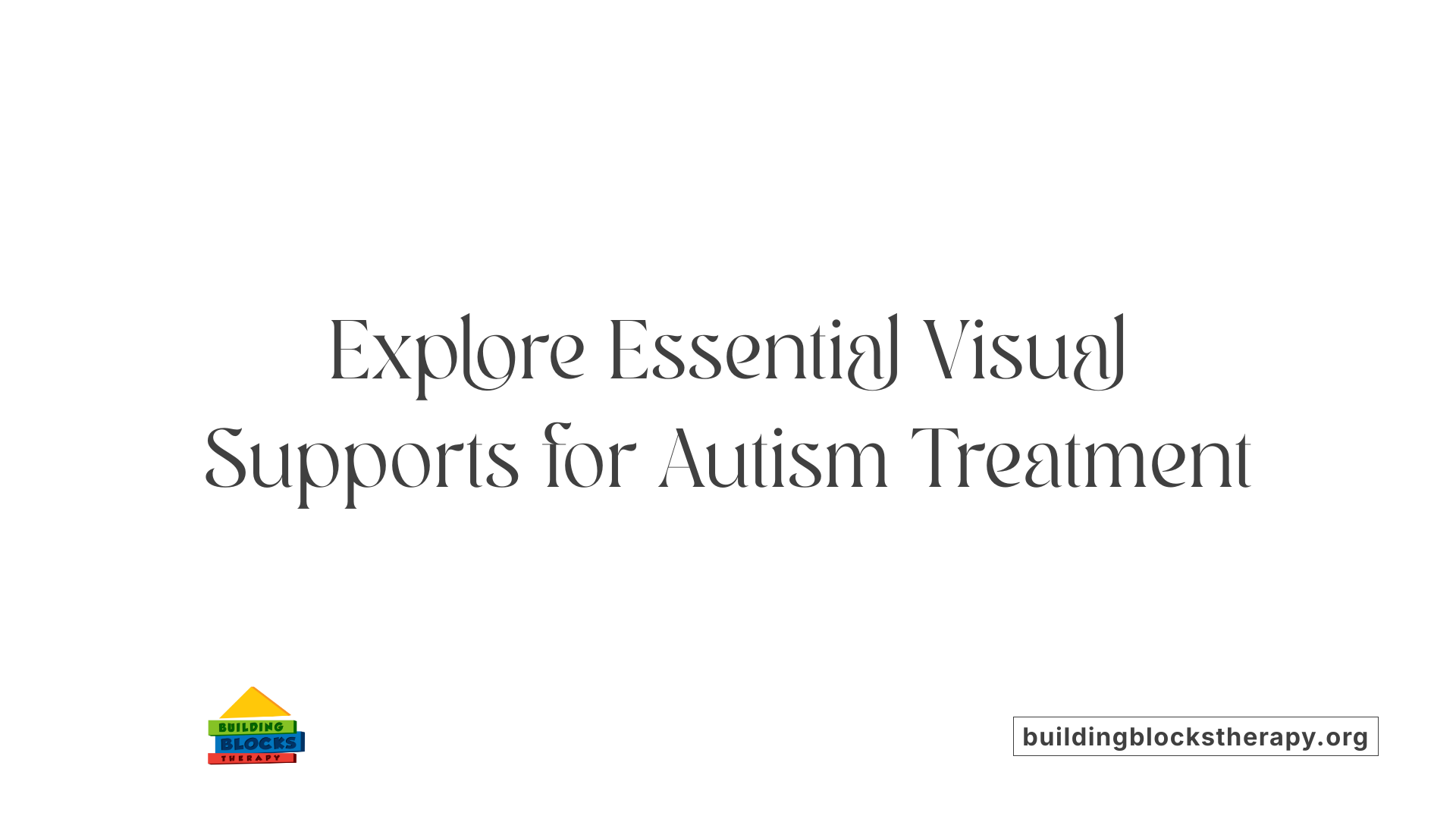
What Are First-Then Boards and How Do They Help?
First-Then Boards are simple visual tools used to show a child with autism spectrum disorder (ASD) what activity or item they get after completing a less preferred task. For example, it might display "First: Clean up toys," and "Then: Play with a favorite toy." This approach teaches children how to follow directions, learn new skills, and understand sequences, making challenging transitions more manageable.
How Do Visual Schedules Aid Daily Routines and Task Management?
Visual schedules provide a step-by-step picture guide of daily activities or specific tasks. They break down multi-step routines into manageable and clear sequences. Having a visible schedule reduces anxiety by letting children know what to expect and when. Visual schedules can be portable or fixed and work best when children are cued to check them regularly and given positive reinforcement for following the sequence.
What Roles Do Choice Boards and Social Stories Play?
Choice boards give children visual options to express preferences, supporting communication without relying solely on language skills. Social stories use straightforward images or illustrations to explain social situations and expected behaviors clearly. Both tools help children with ASD grasp social cues and improve interaction skills.
How Are Visual Timers and Countdown Strips Used?
Visual timers and countdown strips serve as concrete representations of time, helping children anticipate transitions or duration of activities. These tools reduce anxiety and behavior challenges by making changes predictable. For instance, a visual timer can show how much time is left before playtime ends or a task begins, easing the transition between activities.
These varied visual supports leverage the strength that children with ASD often have in processing visual information, promoting independence and self-management across settings.
Practical Implementation of Visual Supports in Therapy and Daily Life

Starting with Simple Supports
To introduce visual supports effectively, begin with straightforward tools like picture schedules or First-Then Boards. Simple visuals help children with autism spectrum disorders (ASD) grasp concepts without feeling overwhelmed. Starting small allows them to build familiarity and confidence using visuals before progressing to more complex aids.
Involving Children in Creating Visuals
Engaging children in designing their own visual supports enhances their interest and ownership. When children help select pictures or arrange schedules, the materials become more meaningful and tailored to their preferences, boosting their motivation to use the supports consistently.
Consistency Across Settings
For visual supports to be most effective, they should be used consistently across environments such as home, school, and therapy sessions. This consistent implementation helps children generalize skills and understand expectations no matter where they are, reducing confusion and anxiety.
Use of Positive Reinforcement
Encouraging children by recognizing when they follow visual schedules or respond well to support increases their willingness to use these tools. Positive reinforcement, such as praise or small rewards, helps make the learning process enjoyable and reinforces desired behaviors linked to visual aids.
Professional Guidance in Visual Supports Implementation
Seeking assistance from therapists or specialists experienced with ASD can optimize the use of visual supports. Professionals can recommend appropriate visuals tailored to individual needs, guide parents and caregivers on consistent application, and adjust supports as the child progresses.
Using Visual Supports to Manage Behavior and Reduce Anxiety in Children with ASD
Using visuals to clarify social cues and expectations
Visual supports play an essential role in helping children with autism spectrum disorders (ASD) interpret social cues and understand expectations. Tools like picture schedules, choice boards, and social stories provide concrete images and narratives that explain social situations and daily routines. These visuals make abstract concepts more accessible, improving social skills and interaction success.
Setting parameters with visuals to communicate boundaries and limits
Visual aids can effectively communicate boundaries and limits, helping children with ASD manage their behavior. For example, visuals can indicate physical limits such as where to stop or item availability like the number of juice boxes allowed. They can also represent wait times to set clear expectations. This method reduces confusion and frustration by clearly outlining rules and available options.
Reducing anxiety during transitions with visual timers
Transitions often cause anxiety and behavioral challenges for children with ASD. Visual timers and countdown strips offer a visual representation of time, helping children understand how long they need to wait or when a change will occur. This predictability eases anxiety and makes transitions smoother, promoting compliance and reducing agitation.
Predictability to prevent challenging behaviors
By consistently using visual supports to clarify routines and expectations, environments become more predictable for children with ASD. This predictability reduces uncertainty, which often triggers challenging behaviors. Introducing visuals starting with simple tasks, reinforcing their use positively, and ensuring consistency across settings helps prevent problem behaviors and encourages independence.
Visual Supports as Tools to Increase Independence and Self-Management
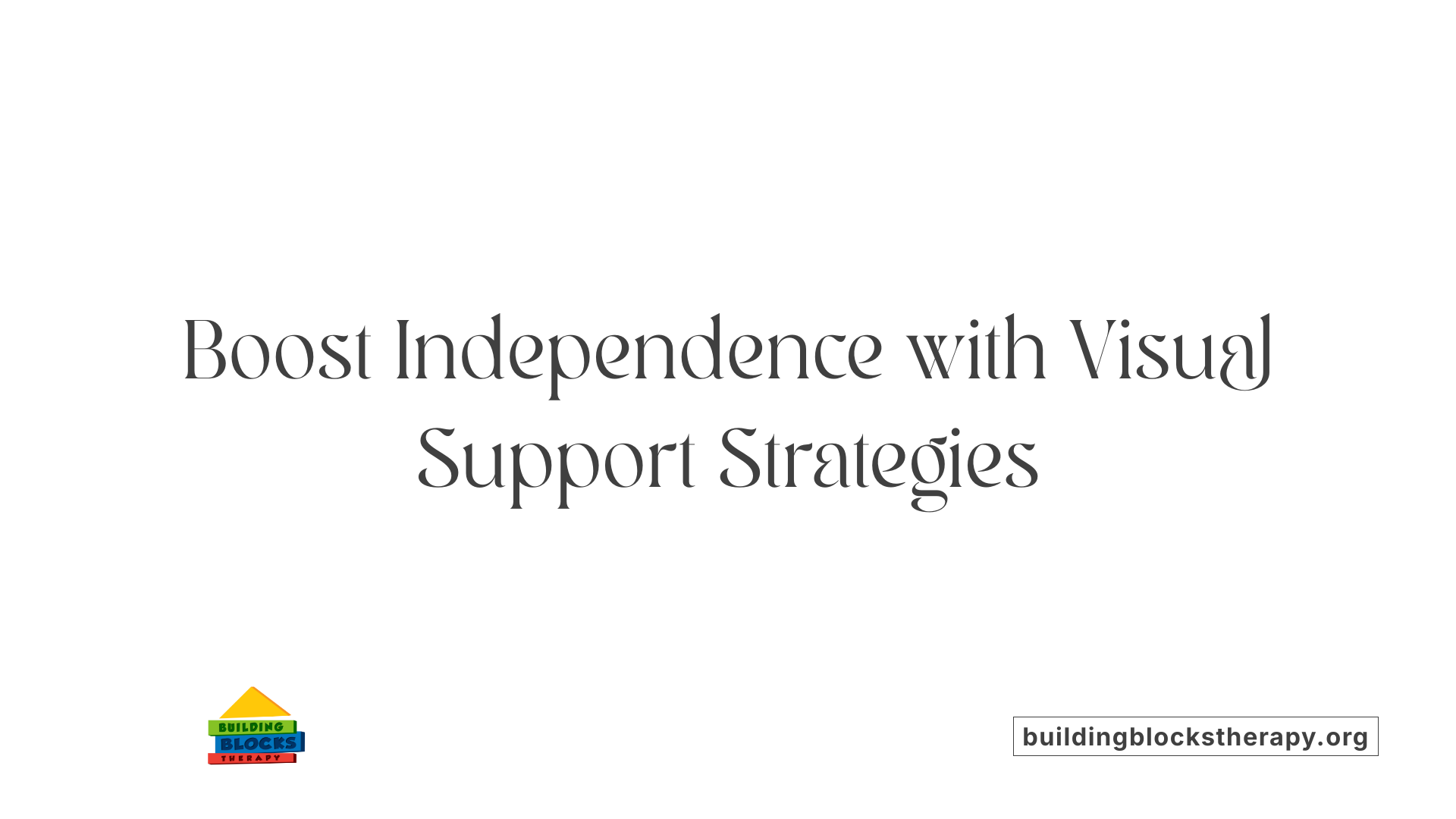
How visuals guide children through routines
Visual supports such as picture schedules and visual timers provide children with autism a clear, concrete representation of daily routines and tasks. These visuals break down activities into manageable steps, helping children understand what comes next without relying solely on verbal instructions. This predictability supports smoother transitions and greater confidence in completing tasks independently.
Reducing reliance on verbal prompts
Children with autism often process visual information more effectively than auditory input. Visual supports reduce the need for constant verbal prompting by providing consistent cues that children can refer to on their own. This shift helps children build their ability to self-monitor and self-direct, rather than depending on adult reminders.
Supporting self-care and classroom skills
Using visuals in daily self-care routines—such as hand washing or dressing—and classroom activities enhances children's ability to manage tasks themselves. Visual checklists or step-by-step illustrations encourage children to complete tasks systematically and improve their organizational skills. This approach fosters a sense of accomplishment and autonomy.
Encouraging community participation
Visual tools can also prepare children for participation in community settings by outlining social expectations and sequences of activities. For instance, social stories and choice boards can ease anxiety about unfamiliar situations, guiding children through interactions and promoting positive social engagement. Such supports empower children to engage more confidently within their communities.
Maximizing the Benefits of Visual Supports in Autism Therapy
Why is consistency and reinforcement important when using visual supports?
Using visual supports consistently helps children with autism spectrum disorders (ASD) become familiar with and rely on these tools. Repeated reinforcement encourages the child to follow visuals independently, strengthening their understanding of routines, expectations, and social cues. Without consistency, the child might become confused or less motivated to use the supports effectively.
How can visuals be introduced during easier tasks?
Starting visual supports with simple or already enjoyable activities helps children build confidence and familiarity. Introducing visuals slowly with manageable tasks prevents overwhelming the child and reduces frustration. As the child masters these simpler tasks with visuals, they can gradually progress to more complex or challenging activities.
Why is encouraging repeated use important to prevent problem behaviors?
Repeatedly using visual supports during various routines creates predictability, which is crucial for children with ASD. Predictability reduces anxiety and uncertainty that often lead to problem behaviors. When children see the sequence of steps or understand what is expected, they are more likely to comply and engage positively rather than acting out.
How does collaboration with therapists and educators enhance effectiveness?
Working together with experienced professionals ensures that visual supports are tailored to the child's unique needs. Therapists and educators can provide guidance on selecting appropriate visuals, setting achievable goals, and monitoring progress. Collaboration also helps maintain consistency across home, school, and therapy environments, maximizing the supports' benefits.
Visual Supports: Unlocking Potential in Autism Learning and Therapy
Visual supports are invaluable tools in the armamentarium of autism therapy, complementing behavioral methods such as Applied Behavior Analysis. By leveraging children’s strength in visual processing, these aids enhance communication, reduce anxiety, and foster independence. When integrated thoughtfully by skilled professionals and caregivers, visual supports create predictable, understandable environments that empower children with autism. Their consistent and strategic use paves the way for improved learning, behavior, and quality of life, highlighting just how essential they are in fostering meaningful growth and development.
References
- Visual Supports and Autism
- Encouraging Independence Through Visuals - EAV
- Applied Behavior Analysis (ABA)
- Behavioral Management Therapy for Autism | NICHD
- Treatment and Intervention for Autism Spectrum Disorder
- Behavioral Therapy for Autism Spectrum Disorder in Children
- Autism Therapy Types & Interventions
- Applied Behavior Analysis (ABA)
- Applied Behavior Analysis (ABA)
- The Controversy Around ABA





